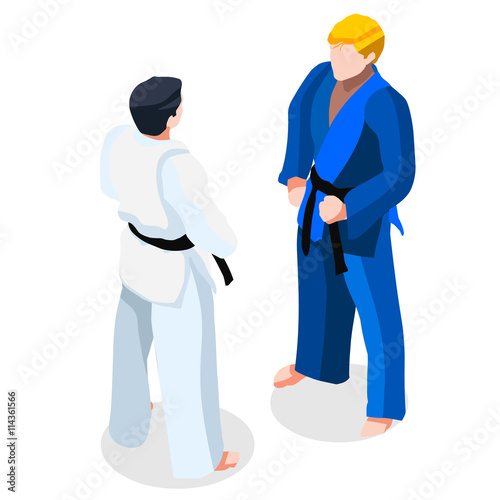Exploring The Distinctions Between Typical Martial Arts And Contemporary Battle Sports
Exploring The Distinctions Between Typical Martial Arts And Contemporary Battle Sports
Blog Article
Staff Author-Keith Brady
When you consider martial arts, do you lean a lot more towards the conventional practices or the modern battle sports? Each course uses unique advantages and experiences, formed by their approaches and training techniques. Typical martial arts stress personal development and technique, while contemporary fight sports concentrate on competition and efficiency. Recognizing these differences can direct you in picking the appropriate strategy for your trip. However just how do these differences materialize in training and philosophy?
The Philosophy and Background Behind Typical Martial arts
While lots of people link martial arts with physical combat, the viewpoint and history behind conventional martial arts run much deeper. You'll find that these techniques stress individual growth, self-control, and regard.
Stemming from old methods, standard martial arts were typically created for Self-Defense and spiritual development. They personify principles such as equilibrium, harmony, and self-constraint, guiding specialists beyond simple battling abilities.
As you train, you'll not just find out techniques but likewise gain insights into the culture and values that shaped these arts. The routines and practices, frequently passed down through generations, cultivate a sense of community and belonging.
The Affordable Nature of Modern Combat Sports
Modern battle sporting activities have actually transformed the landscape of martial arts into a very competitive sector, where professional athletes take on in an examination of skill, strategy, and endurance.
You'll see that competitions are commonly organized with strict policies and laws, guaranteeing justice and security. These events bring in large target markets, fueling the exhilaration and intensity of competitions.
youth martial arts near me train carefully, not just for physical prowess but additionally for psychological toughness, recognizing that every detail counts in the ring. The adrenaline thrill during competitors is apparent, as boxers push their restrictions to claim success.
Fans appreciate the athleticism and artistry included, making modern-day combat sports a thrilling spectacle that remains to develop and mesmerize fanatics worldwide.
Training Approaches and Strategies: A Comparative Evaluation
The competitive atmosphere of contemporary battle sporting activities demands cutting-edge training techniques that vary considerably from conventional martial arts.
In https://martial-arts-happy-kids87543.blogrenanda.com/41446390/just-how-flexibility-changes-martial-arts-training-enhance-your-technique-prevent-injuries-and-master-progressed-steps-with-this-game-changing-adaptability-guide -day training, you'll concentrate on particular strategies, competing, and conditioning, frequently utilizing drills that mimic real fight circumstances. You'll see an emphasis on quantifiable performance and constant competition to analyze your abilities.
On the other hand, typical martial arts focus on forms, katas, and philosophical mentors, typically highlighting self-control and respect over competitors.
Training is usually much less intense and may involve recurring technique as opposed to real-time sparring.
While both approaches construct skill and fitness, modern fight sports give an extra vibrant and adaptable training atmosphere, preparing you for prompt difficulties in the ring or cage.
Choose navigate to this web-site that lines up with your goals and rate of interests.
Conclusion
In choosing between conventional martial arts and contemporary battle sporting activities, it actually boils down to what you value the majority of. If browse around this web-site looking for personal development, discipline, and a feeling of community, conventional arts could be your best fit. However if you flourish on competition and real-time challenges, modern battle sports could be the way to go. Eventually, both courses provide unique benefits, so it's everything about straightening your training with your personal goals and passions.
